essen & trinken



Joseph Heinrich Beuys was a German artist, renowned for his significant contributions to the realms of sculpture, painting, and installation art, which have left a lasting impact on the culture and art world. His work transcended traditional boundaries, merging art with social theory and politics, thus redefining the role of the artist in society. Beuys's unique approach to materials, incorporating substances like fat and felt, symbolized healing and insulation, reflecting his broader philosophical and ecological concerns.
Beuys's art was deeply influenced by his experiences during World War II and his academic background in natural sciences and sculpture. His concept of "social sculpture" proposed that art could transform society, emphasizing creativity as a fundamental component of human existence. This vision led him to use his performances, or "actions," as a medium to communicate his ideas, making him a pivotal figure in the Fluxus movement. Notable works such as "How to Explain Pictures to a Dead Hare" and "7000 Oaks" exemplify his innovative use of performance and environmental art to engage and challenge the public.
His legacy is preserved in major museums and galleries worldwide, including the Museum of Modern Art in New York and the Tate Modern in London. These institutions house key pieces that exemplify Beuys's diverse artistic output, from his early drawings and sculptures to his later installations and public interventions. His influence extends beyond the art world, impacting environmental activism and educational reform, underscoring his belief in the transformative power of art.
For collectors and experts in art and antiques, Joseph Heinrich Beuys remains a figure of immense interest, not only for his groundbreaking artworks but also for his profound impact on contemporary art theory and practice. To stay informed about new product sales and auction events related to Beuys, we invite you to sign up for updates. This subscription ensures you are always in the loop regarding opportunities to engage with the enduring legacy of one of the most influential artists of the 20th century.
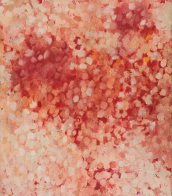

Georges Braque, a French artist, is celebrated as a pivotal figure in the development of Cubism, alongside Pablo Picasso. Braque's artistic journey transitioned from Impressionism to Fauvism before he delved into the groundbreaking realm of Cubism, characterized by its innovative use of perspective and geometric forms. His partnership with Picasso during the early 20th century marked a significant phase in art history, as they collectively pioneered the Analytic and Synthetic phases of Cubism.
Georges Braque's oeuvre is renowned for its technical precision, introspective quality, and harmonious color palettes. His contributions extended beyond painting to include sculpture and collage, demonstrating his versatile mastery over various mediums. Notable works like "Violin and Candlestick" and "Man with a Guitar" underscore his talent in transforming everyday objects into abstracted, multifaceted compositions.
Throughout his career, Georges Braque remained deeply committed to exploring the boundaries of visual perception and form. After World War I, his style evolved, incorporating brighter colors and new themes, yet he maintained a steadfast adherence to Cubist principles. His later years saw a focus on personal motifs, such as birds, which symbolized freedom and dynamism in his art.
Georges Braque's legacy is preserved in prestigious collections worldwide, including the Museum of Modern Art (MoMA), which houses a significant number of his works. His artistic innovations continue to inspire and influence the realms of art and culture.
For collectors and art enthusiasts, Georges Braque's work offers a profound insight into the evolution of modern art and the enduring allure of Cubism. His pieces are a testament to the enduring power of creativity and innovation in the face of changing artistic landscapes.
If you're keen on exploring Braque's contributions to art and wish to stay updated on exhibitions and sales featuring his work, consider subscribing for updates on Georges Braque's pieces and their presence in the art market today.

 (1908 Paris - 2001 Rossinière, Switzerland).jpg)
Balthus, a Polish-French artist, was a notable figure in 20th-century art, renowned for his unique approach to painting. Born Balthasar Klossowski de Rola in Paris in 1908, he delved into traditional European painting genres, such as landscapes, still lifes, subject paintings, and portraits. Despite the prevailing avant-garde trends, Balthus's work stood out for its introspective and often controversial portrayal of adolescent girls.
His art, marked by a dreamlike quality and a departure from modernist styles, drew the attention of prominent literary and artistic figures, including André Breton and Pablo Picasso. Balthus's early years were shaped by significant influences, including the poet Rilke, who supported his first publication at the age of 13. Throughout his career, Balthus maintained a distance from the conventional art scene, focusing on a deeply personal and evocative style that continues to captivate art collectors and experts.
Noteworthy works by Balthus reside in esteemed museums and galleries, reflecting his lasting impact on the art world. His paintings, characterized by a blend of realism and surreal undertones, invite viewers into a world of nuanced expression and complex emotion.
For art and antique collectors interested in Balthus's work, staying informed about upcoming sales and auction events is crucial. By signing up for updates, collectors can gain early access to valuable pieces and deepen their engagement with the artist's legacy. This subscription is specifically tailored to alert enthusiasts about new product sales and auction events related to Balthus, ensuring that aficionados don't miss out on valuable opportunities to acquire pieces by this iconic artist.

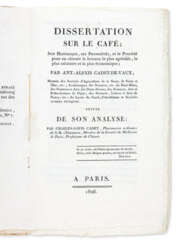

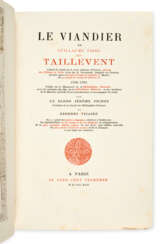

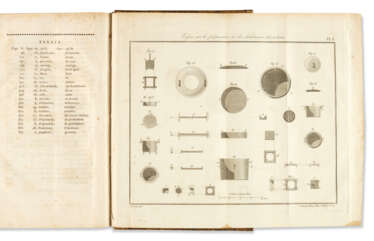

![[REMÈDES & RECETTES].](/assets/image/picture_2734777/85e13/39559a247a08aa235a6ad5af380707d51679526000jpg__fix_374_244.jpeg)
![[REMÈDES & RECETTES].](https://veryimportantlot.com/assets/image/picture_2734777/85e13/39559a247a08aa235a6ad5af380707d51679526000jpg__fix_374_244.jpeg)
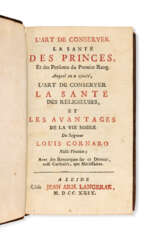

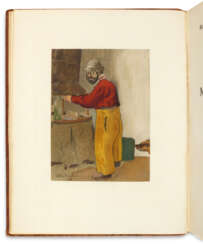



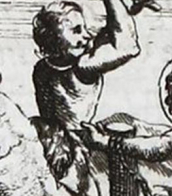


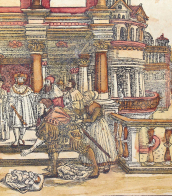


![[MAZARINADES].](/assets/image/picture_2734891/df8c5/58c2e1c3711651bd6513924efa6779111679526000jpg__fix_374_244.jpeg)
![[MAZARINADES].](https://veryimportantlot.com/assets/image/picture_2734891/df8c5/58c2e1c3711651bd6513924efa6779111679526000jpg__fix_374_244.jpeg)



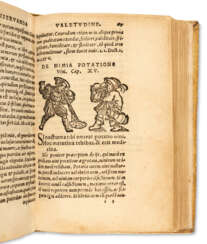



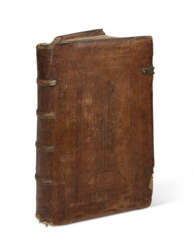



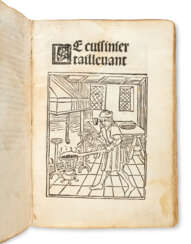

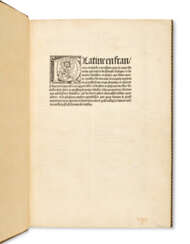

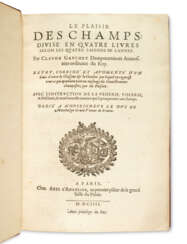

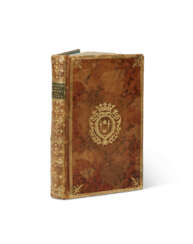

![[L'ART DE BIEN TRAITER].](/assets/image/picture_2734449/8a9e9/a273232d066802027e83271970e9d0511679526000jpg__fix_374_244.jpeg)
![[L'ART DE BIEN TRAITER].](https://veryimportantlot.com/assets/image/picture_2734449/8a9e9/a273232d066802027e83271970e9d0511679526000jpg__fix_374_244.jpeg)
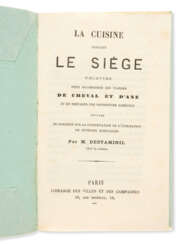

![[MANUELS RORET].](/assets/image/picture_2734577/25419/6a34a6e0aad3d438f3c759d3964b5d601679526000jpg__fix_374_244.jpeg)
![[MANUELS RORET].](https://veryimportantlot.com/assets/image/picture_2734577/25419/6a34a6e0aad3d438f3c759d3964b5d601679526000jpg__fix_374_244.jpeg)
![[MARIN, François].](/assets/image/picture_2734705/67095/9a90bf7834a1f4830f5d5e32c7329c6b1679526000jpg__fix_374_244.jpeg)
![[MARIN, François].](https://veryimportantlot.com/assets/image/picture_2734705/67095/9a90bf7834a1f4830f5d5e32c7329c6b1679526000jpg__fix_374_244.jpeg)
![[GRIMOD de LA REYNIÈRE, Alexandre-Balthazar-Laurent (1758-1837)].](/assets/image/picture_2734763/b1d27/a61b359a3c67517168d95107573429251679526000jpg__fix_374_244.jpeg)
![[GRIMOD de LA REYNIÈRE, Alexandre-Balthazar-Laurent (1758-1837)].](https://veryimportantlot.com/assets/image/picture_2734763/b1d27/a61b359a3c67517168d95107573429251679526000jpg__fix_374_244.jpeg)
![[CONTANT d'ORVILLE, André-Guillaume (circa 1730-1800)].](/assets/image/picture_2734829/23408/d7afa27e9fb7392e2578a3c54b7fc6b91679526000jpg__fix_374_244.jpeg)
![[CONTANT d'ORVILLE, André-Guillaume (circa 1730-1800)].](https://veryimportantlot.com/assets/image/picture_2734829/23408/d7afa27e9fb7392e2578a3c54b7fc6b91679526000jpg__fix_374_244.jpeg)
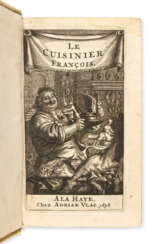

![[ENTRÉE MAGNIFIQUE].](/assets/image/picture_2735038/ccd82/b9b16a5104574eb426e8f68fd97f92361679526000jpg__fix_374_244.jpeg)
![[ENTRÉE MAGNIFIQUE].](https://veryimportantlot.com/assets/image/picture_2735038/ccd82/b9b16a5104574eb426e8f68fd97f92361679526000jpg__fix_374_244.jpeg)
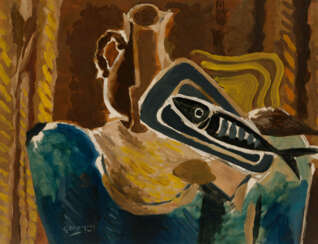

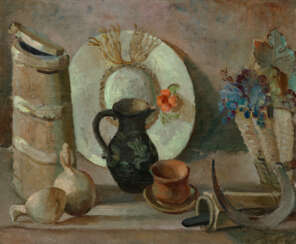

![[BÉGUILLET, Edme (-1786) et BUCQUET, César].](/assets/image/picture_2734413/41d58/576650379f2dd99b8d3e3ce75faa566c1679526000jpg__fix_374_244.jpeg)
![[BÉGUILLET, Edme (-1786) et BUCQUET, César].](https://veryimportantlot.com/assets/image/picture_2734413/41d58/576650379f2dd99b8d3e3ce75faa566c1679526000jpg__fix_374_244.jpeg)